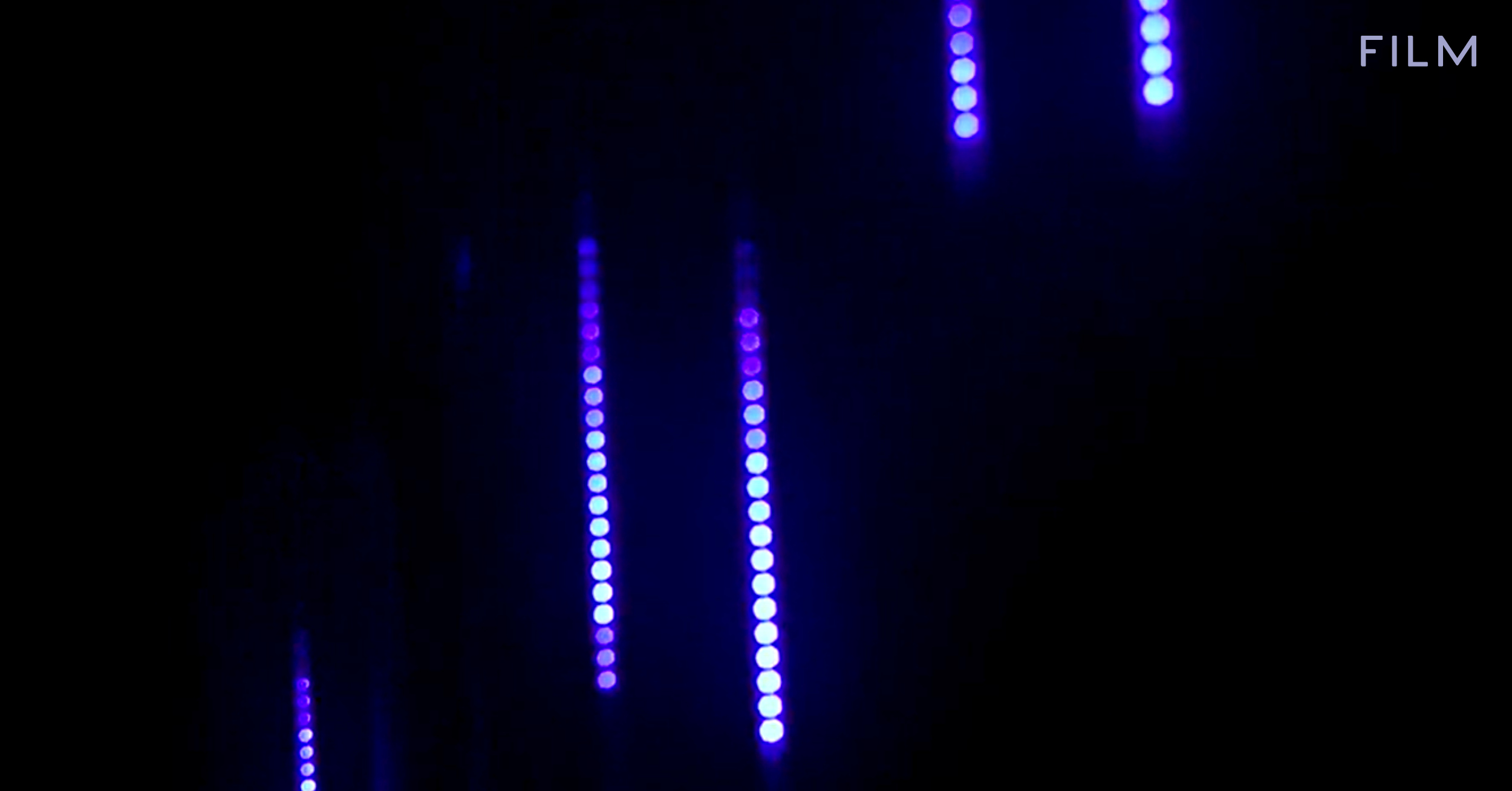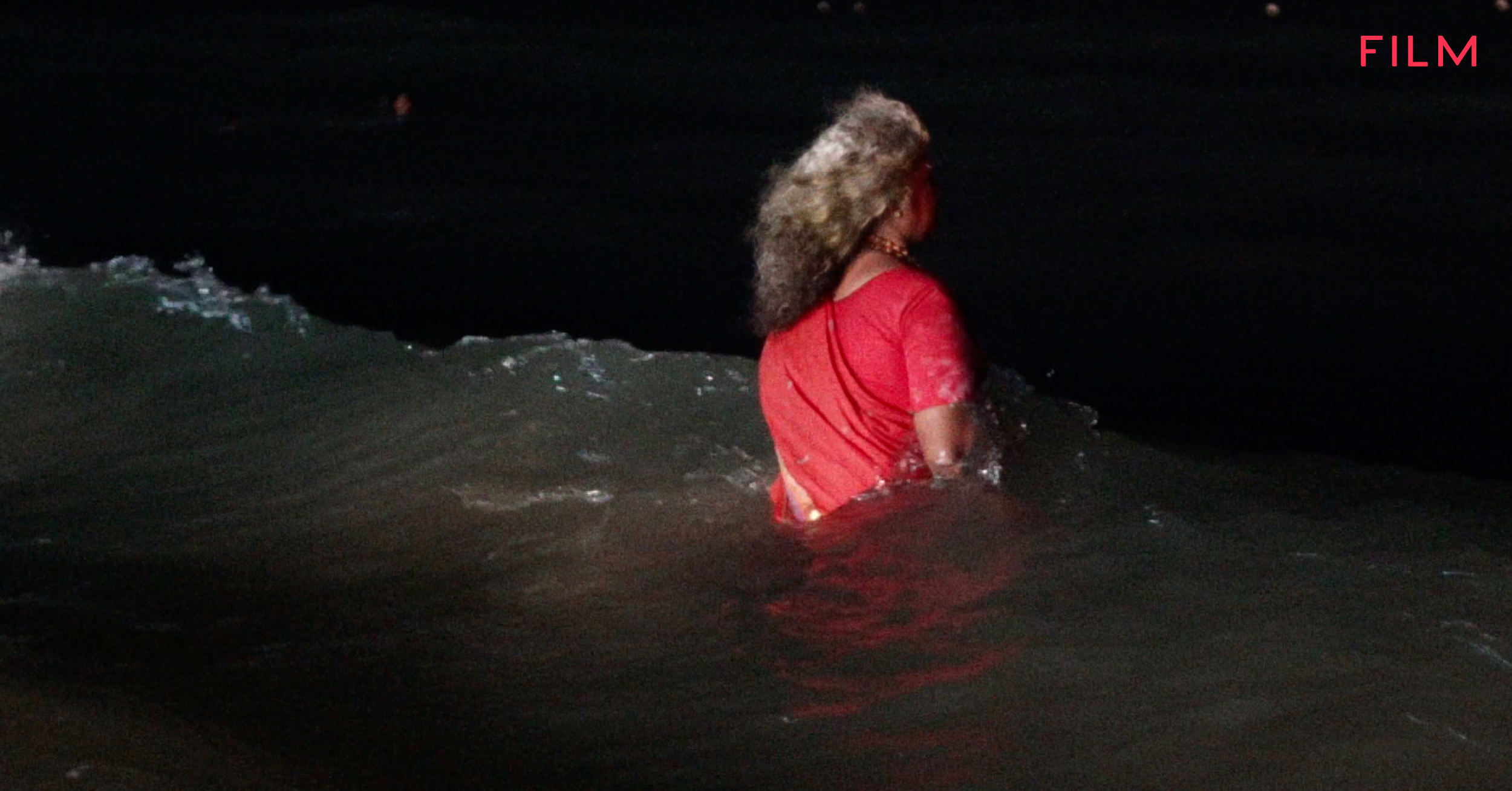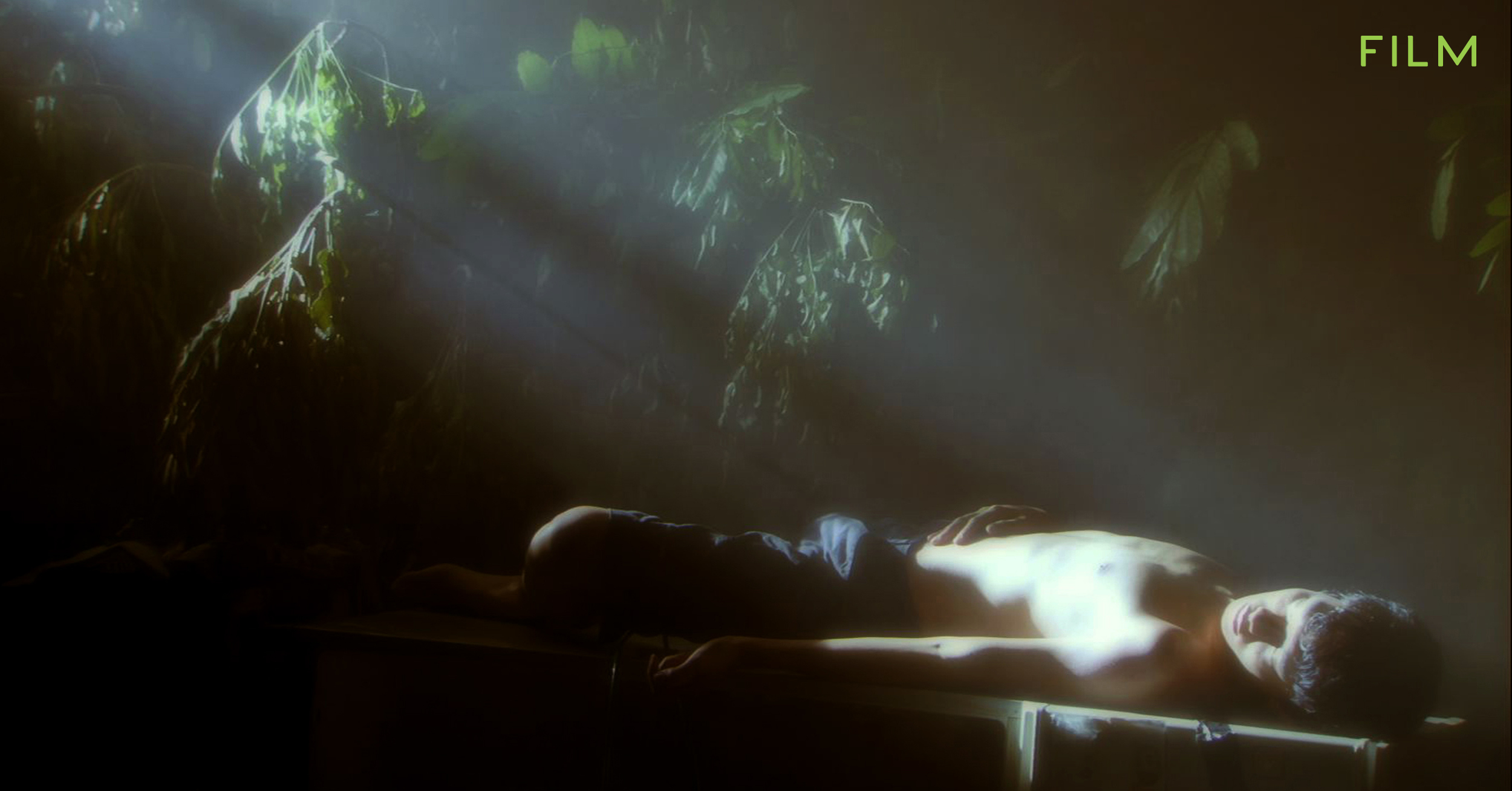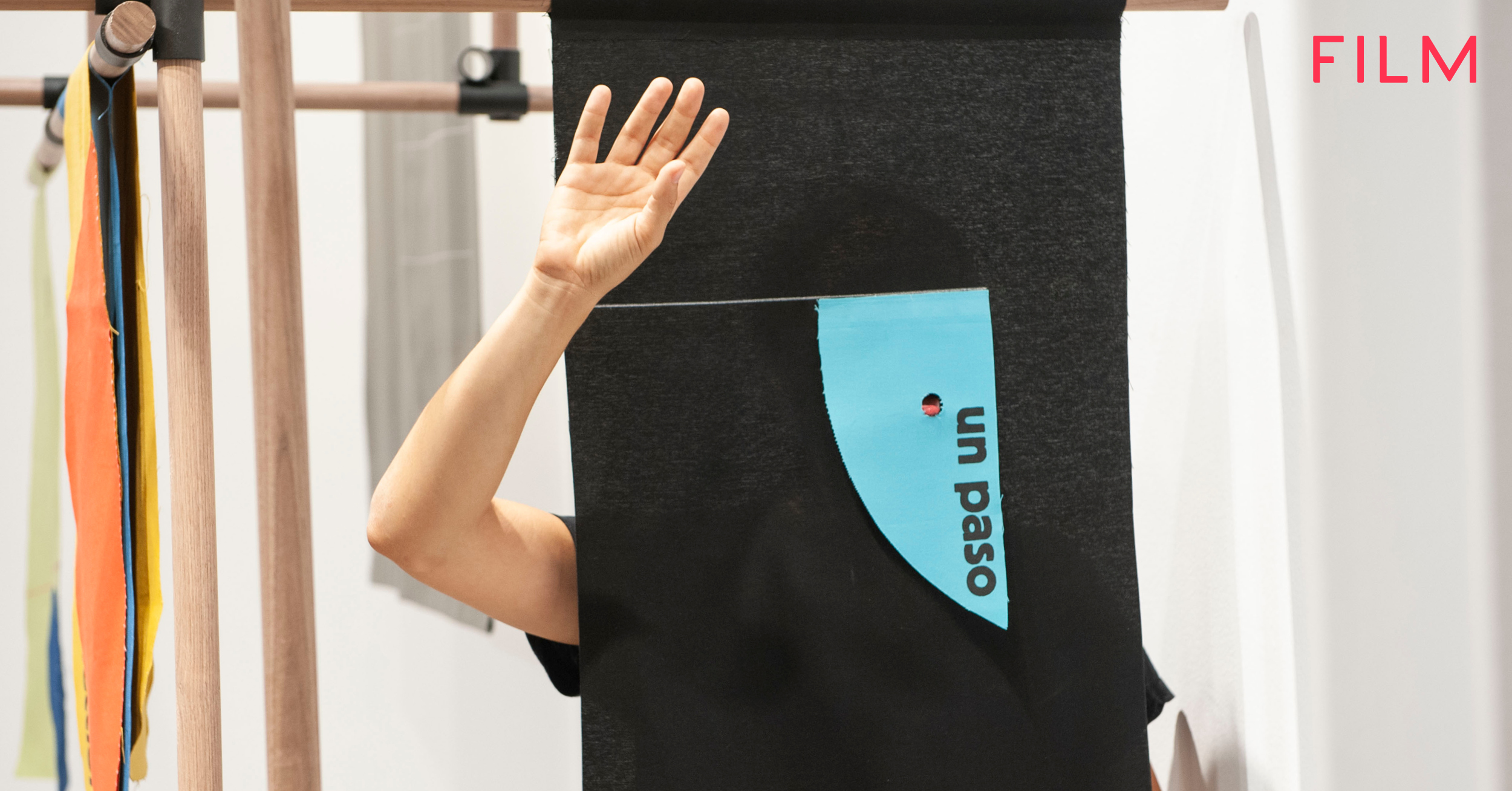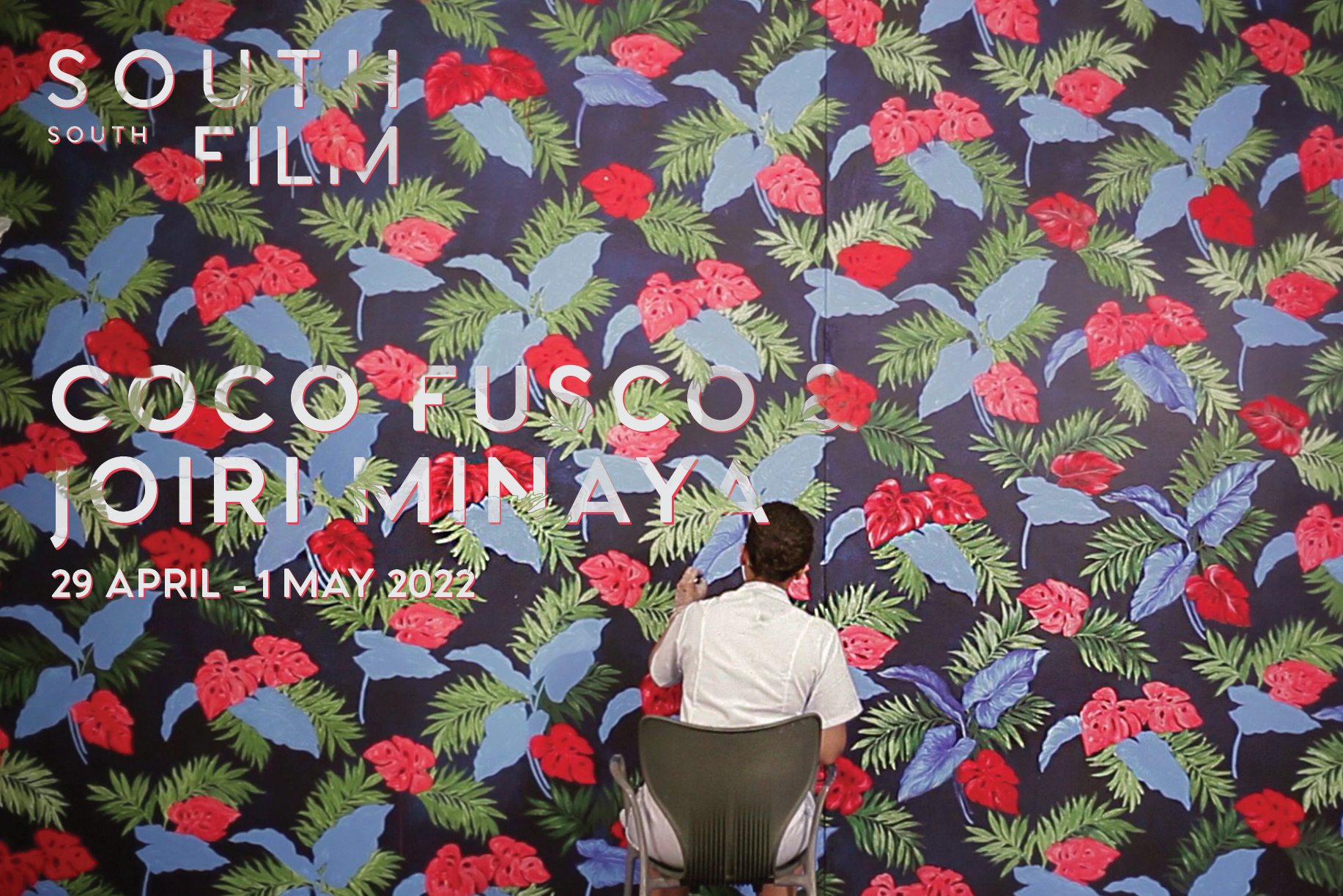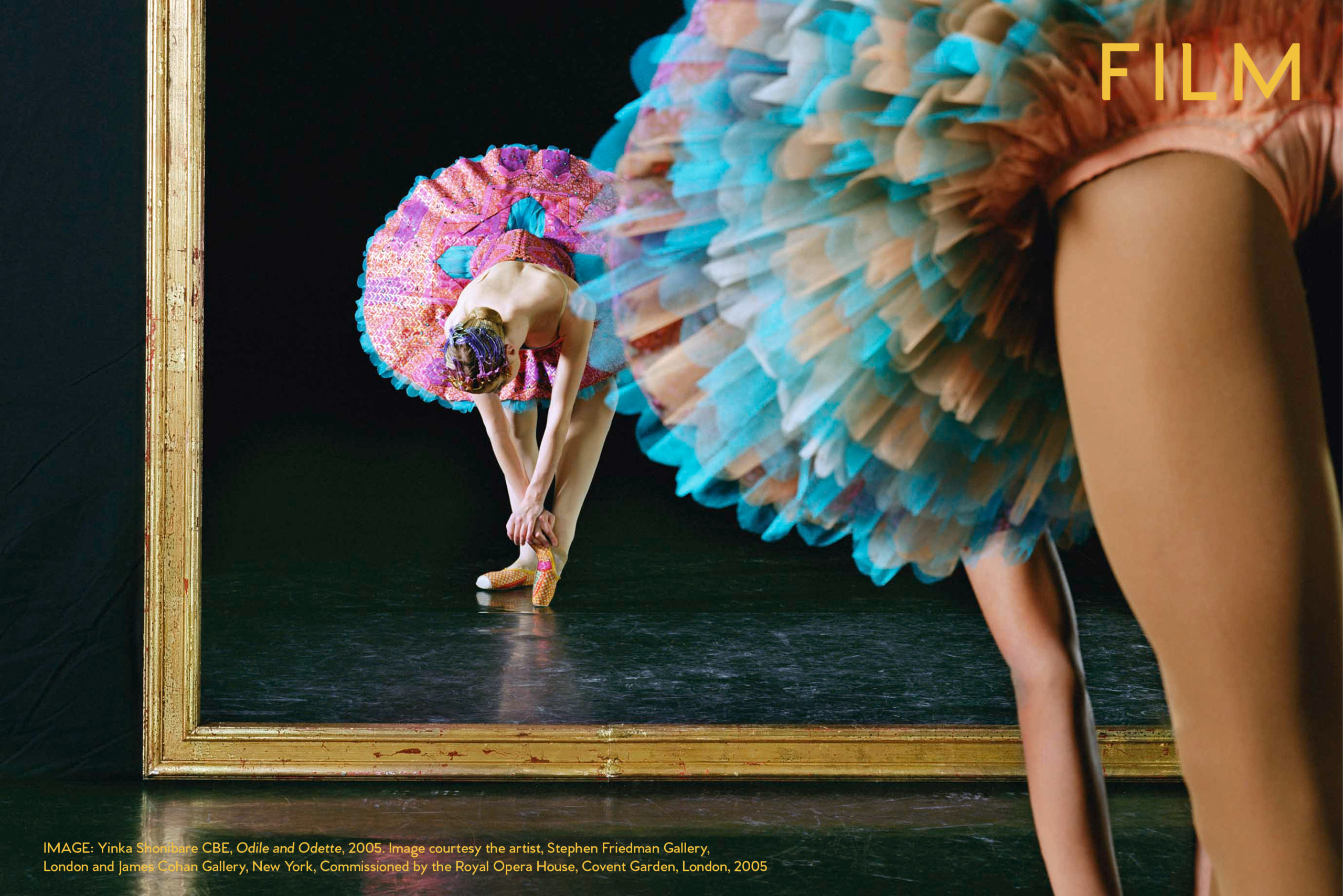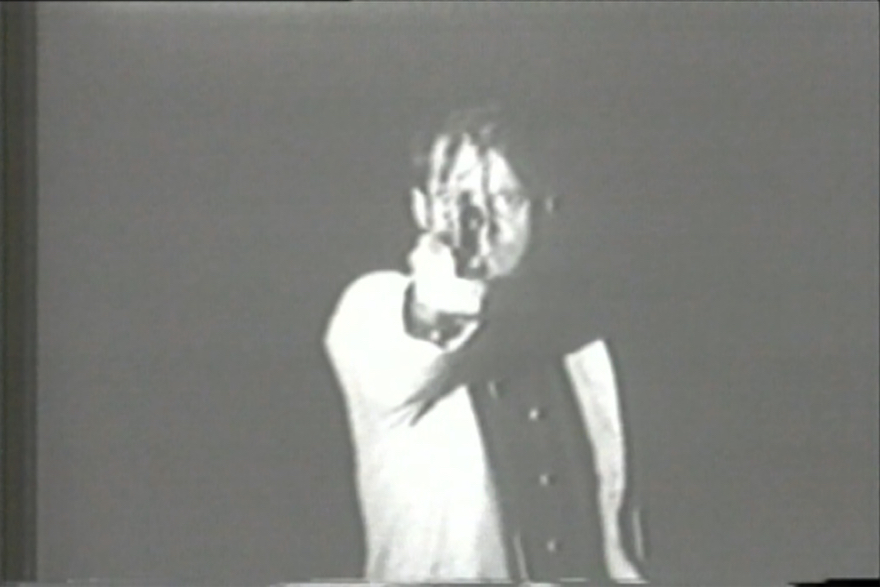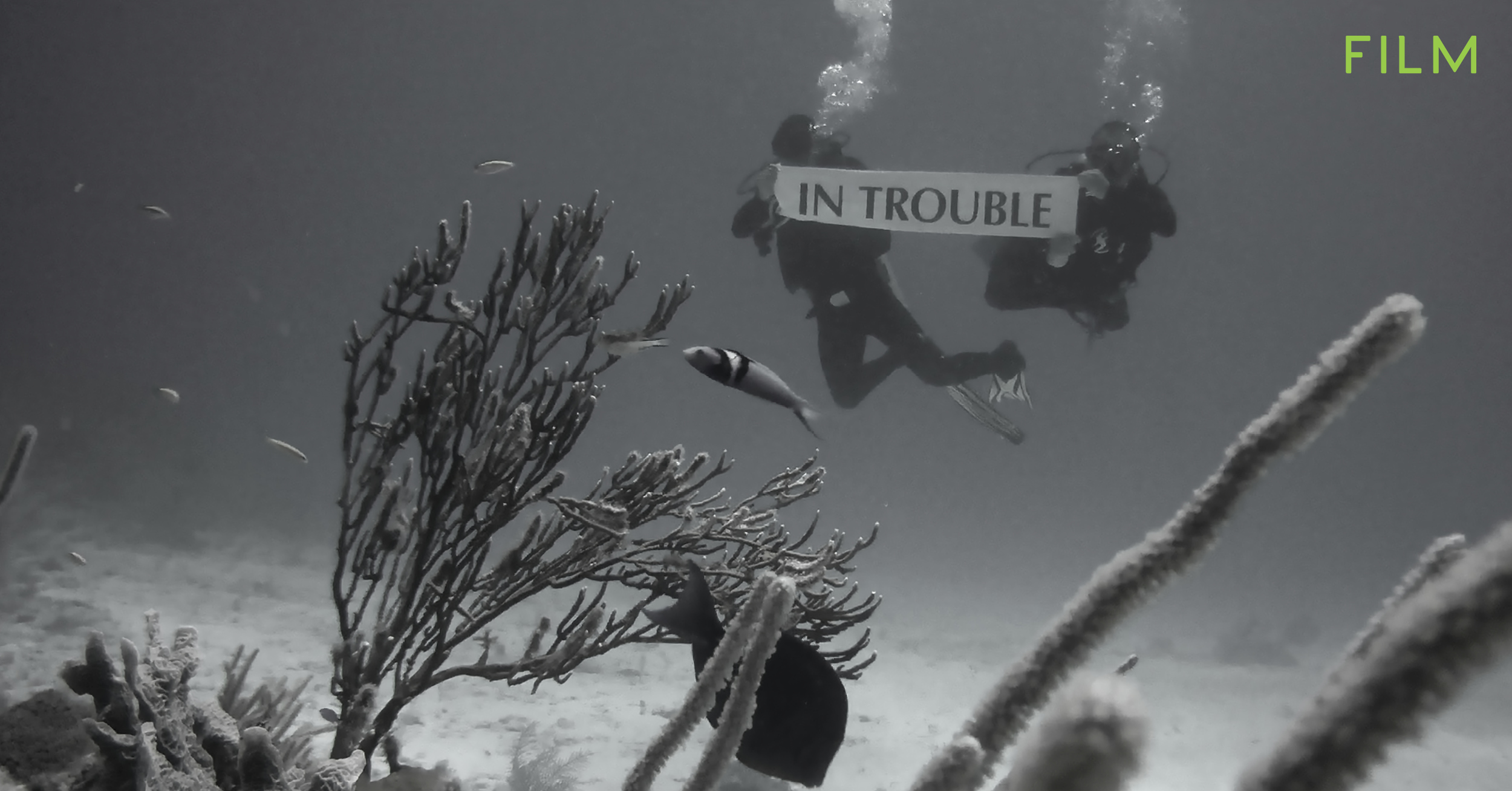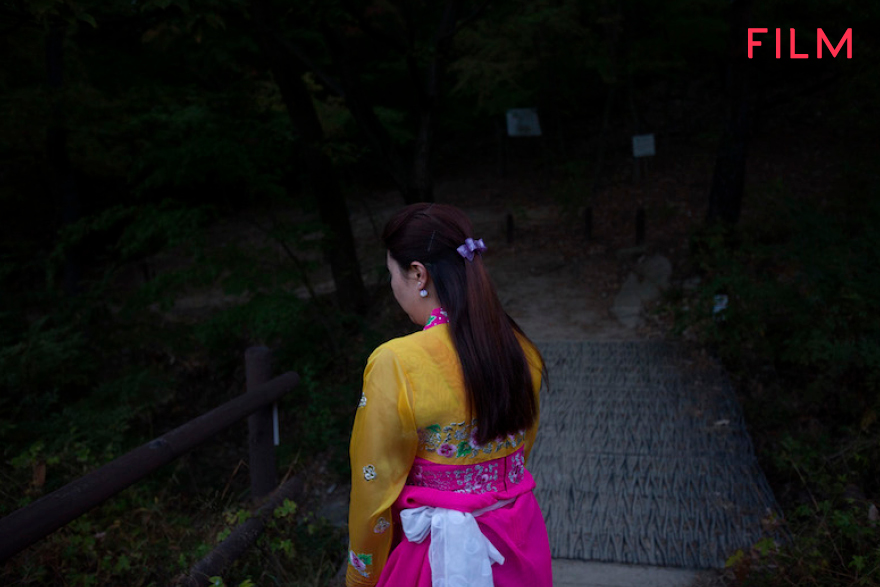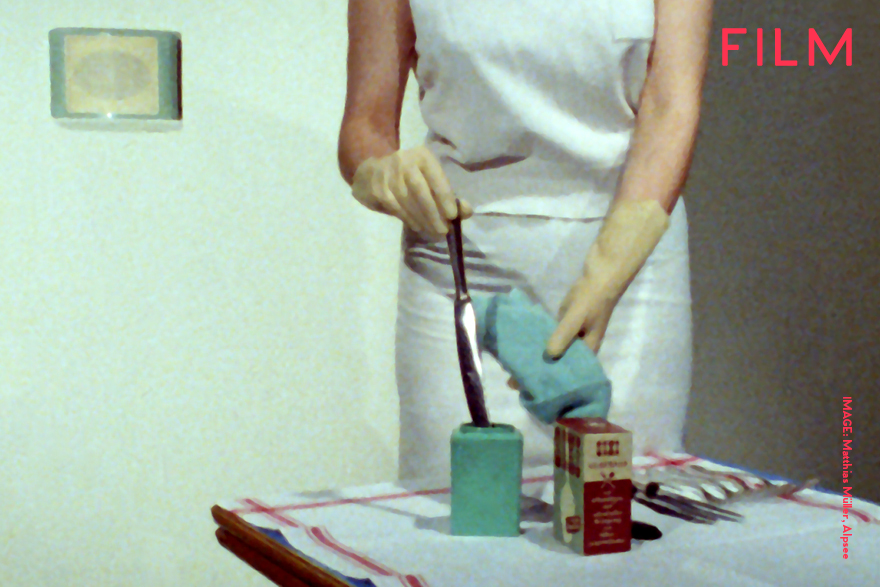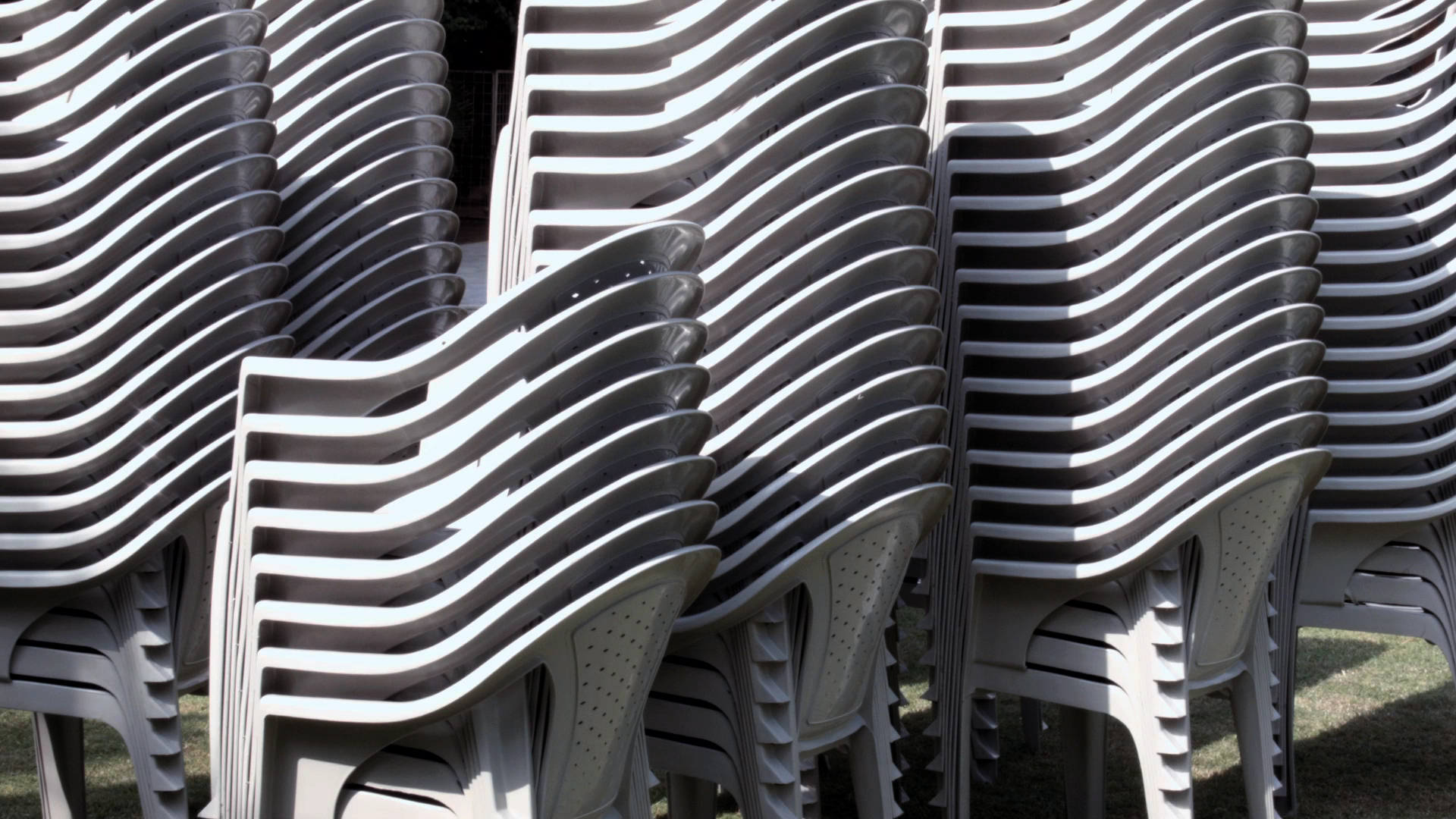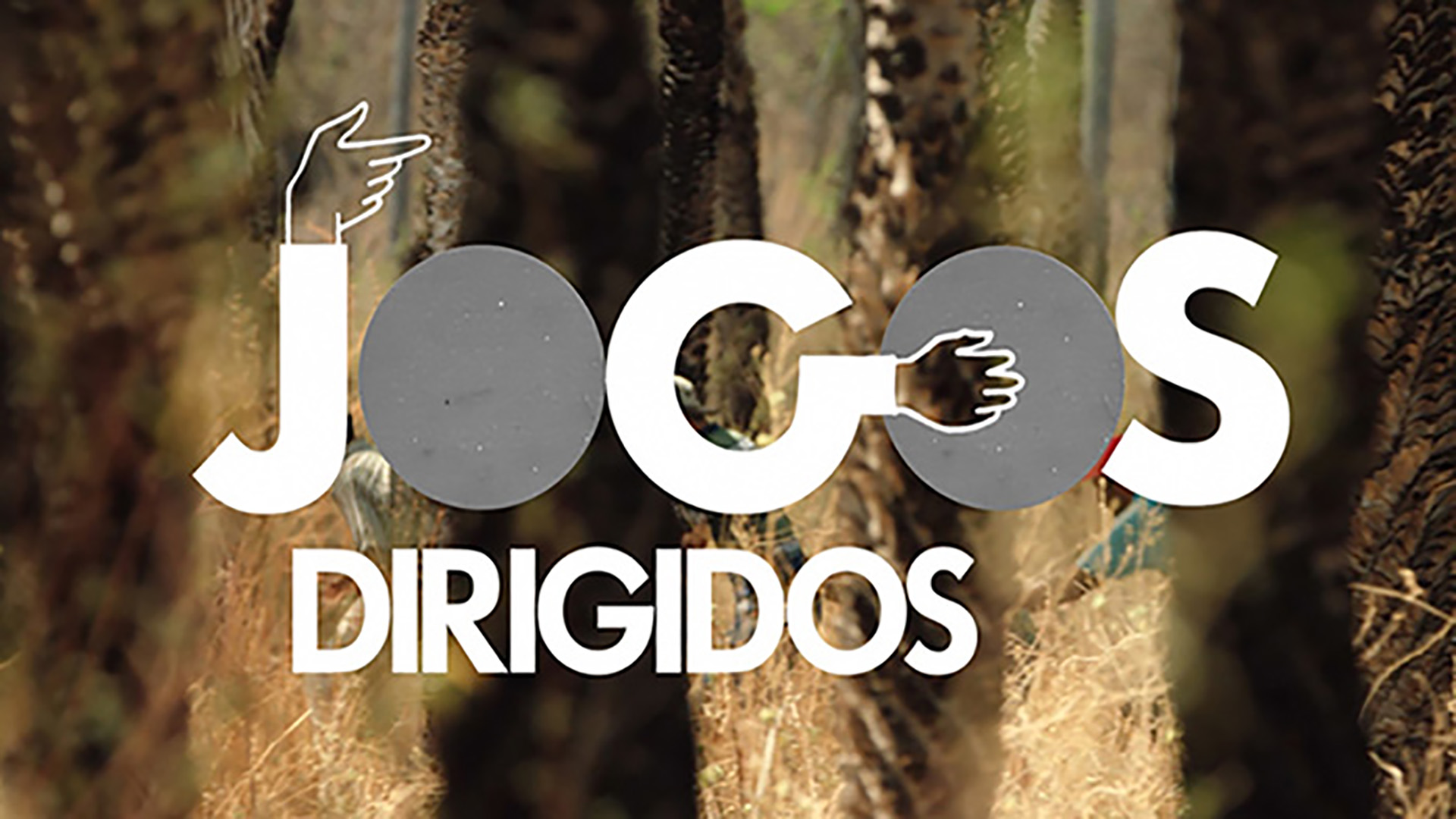SOUTH SOUTH FILM
Rafael França
29 – 31 October 2021
Films will launch consecutively starting Friday 29 October at 8am GMT. All films will remain active until Monday 1 November 8am GMT.
Rafael França (1957-1991) was the forerunner in Brazil of experiments combining art and technology during the second half of the 20th century. A restless artist, he made innovative use of media such as photocopying as early as the 1970s. In the 1980s, after doing installation, performance and urban intervention work in the group 3Nós3, he turned to innovative video art performances.
Artist courtesy Galeria Jaqueline Martins
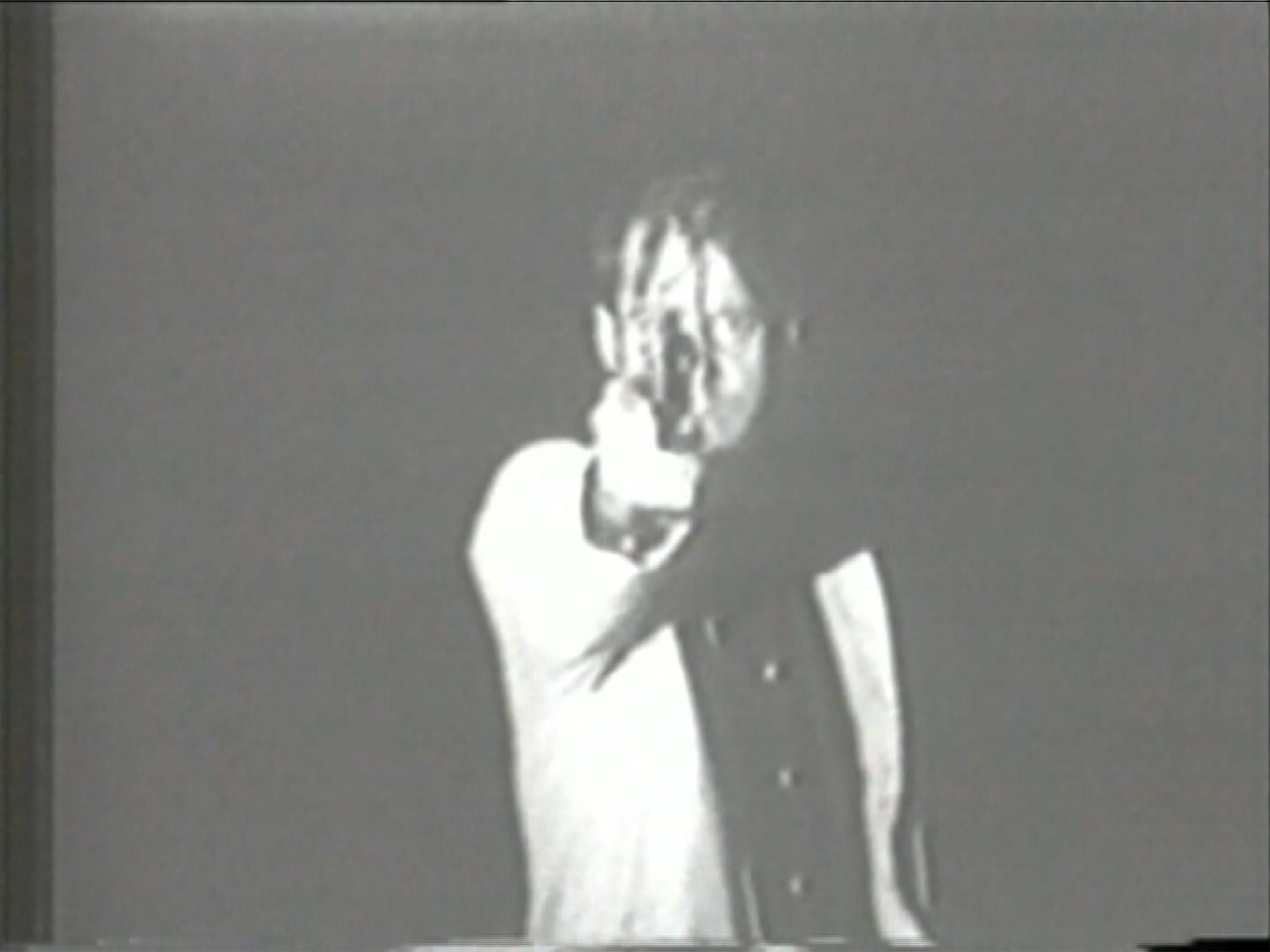
Reencontro, 1984
video
7′ 49″
The first in a trilogy of tapes from the mid-80s which investigate the language of video narrative, each centered around a lonely, isolated character.
Read More
Read Less
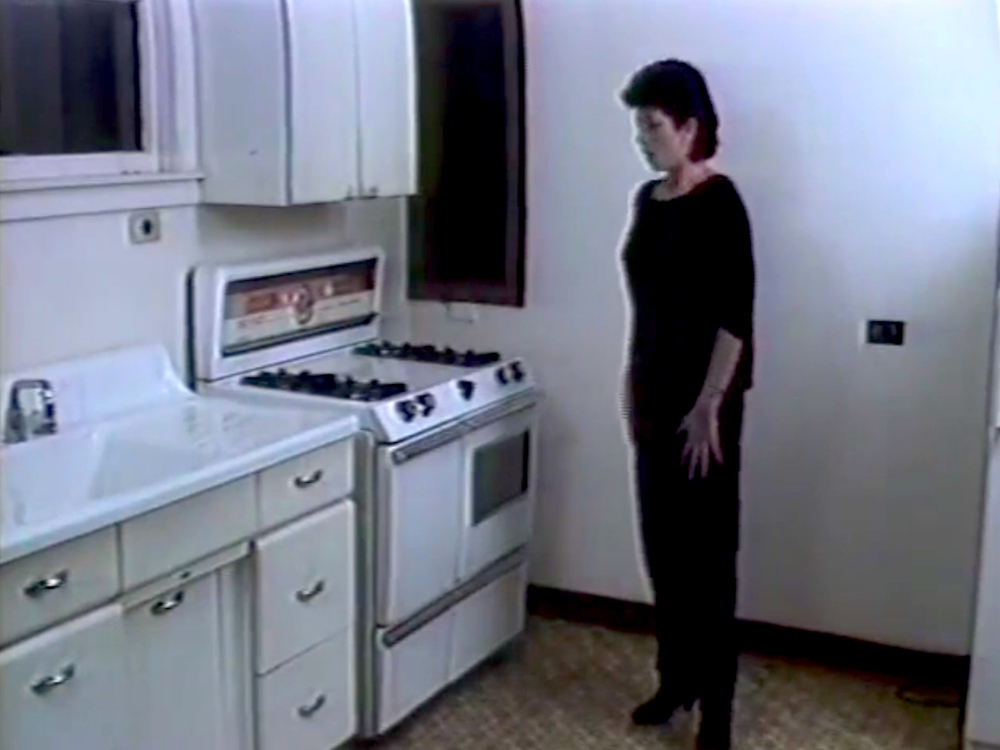
After a deep sleep (Getting Out), 1985
video
5′
In this second experiment with video narrative, every day objects (a stove, a door, a cigarette) take on a psychological significance as the female protagonist fights the oppression on her domestic surroundings.
Read More
Read Less
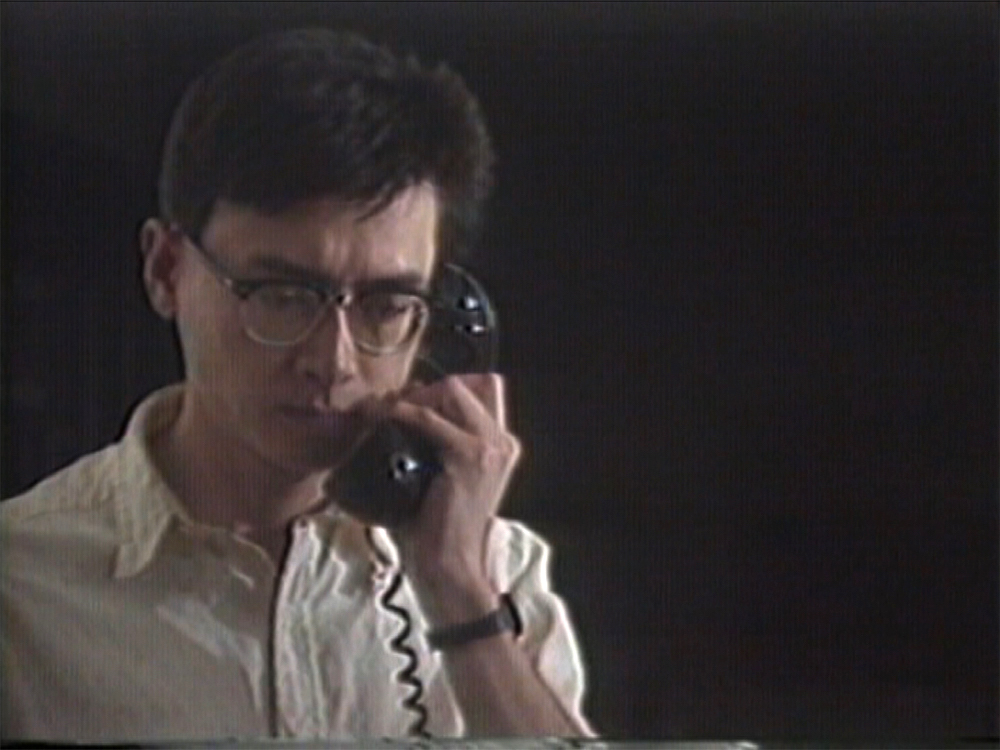
As if Exiled in Paradise, 1986
video
9′
The third in a trilogy experimenting with the language of narrative video.
Read More
Read Less
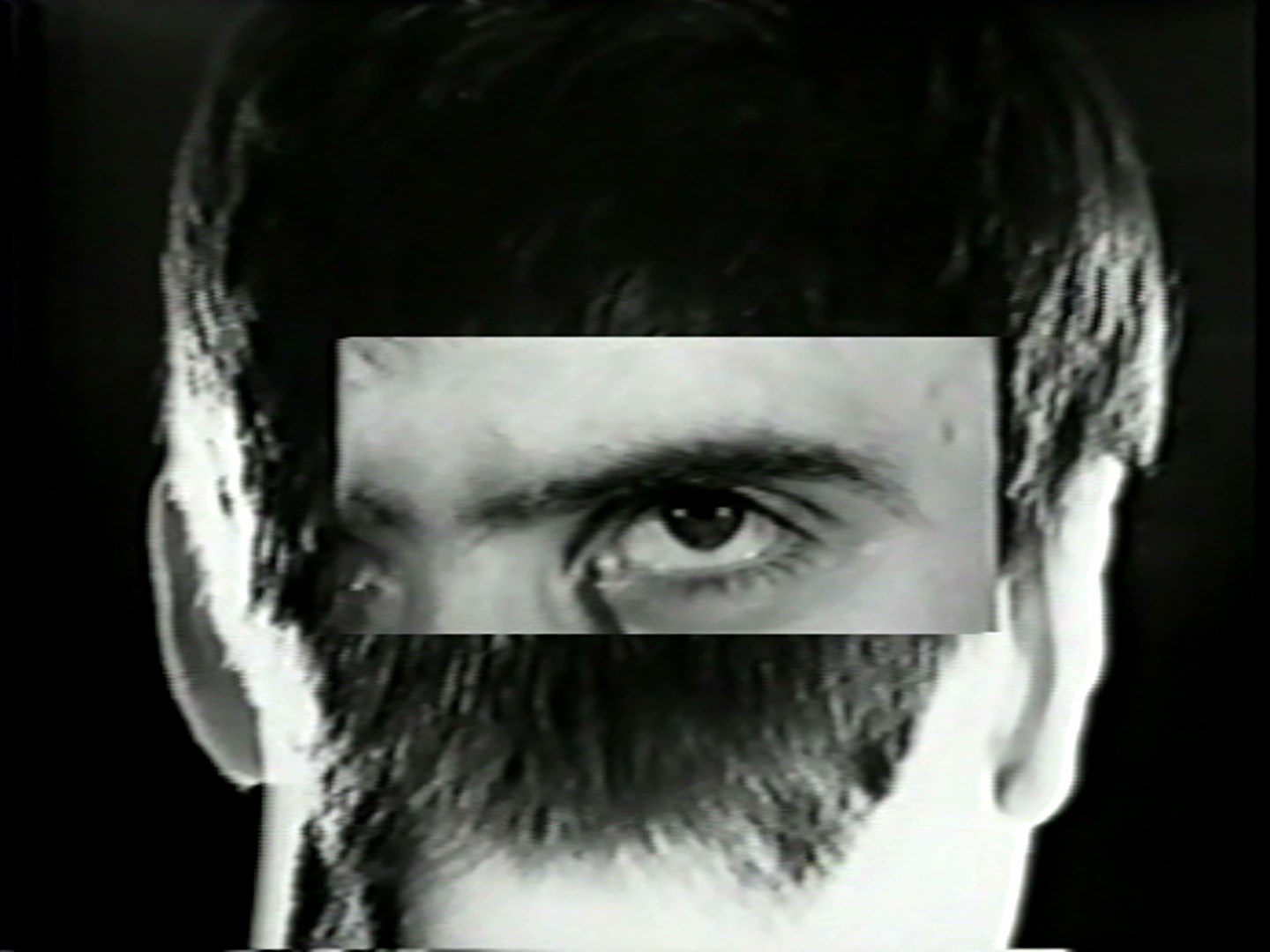
I have lost it, 1984
video
5′
Despite living in the USA for years, it is possible to sense Rafael’s concern about what was happening in Brazil (by the early 80’s still living under military regime).
Read More
Read Less
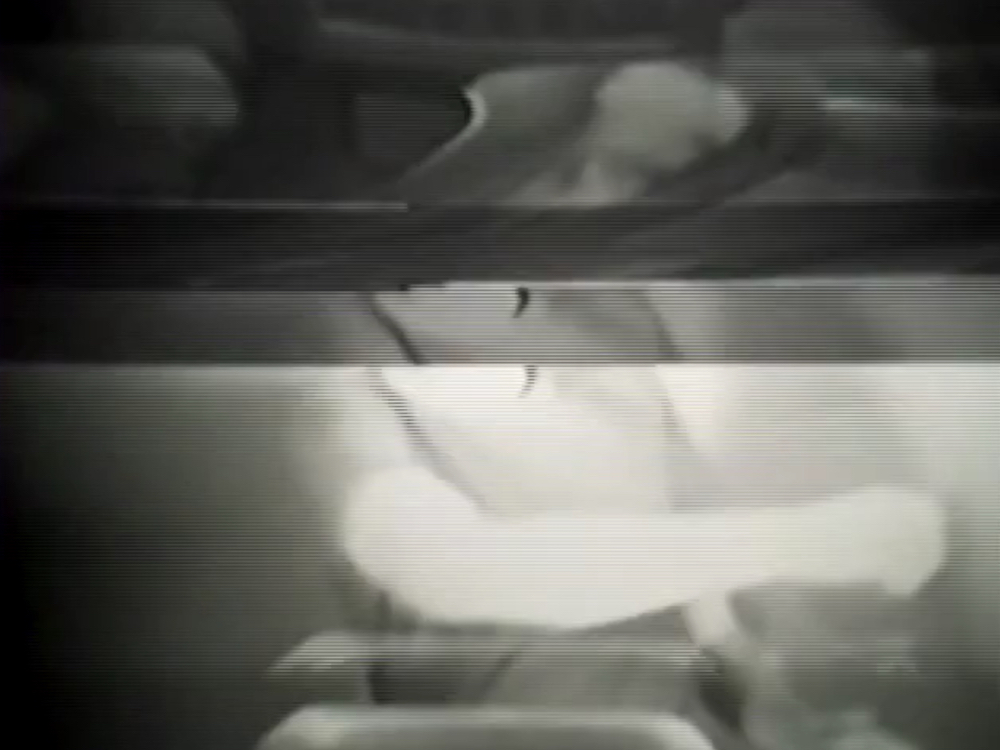
Fighting The Invisible Enemy, 1983
video
2′ 45″
In this video, as in others produced by the artist, images are used not to show a conventional linear narrative but, instead, to illustrate a state of mind.
Read More
Read Less
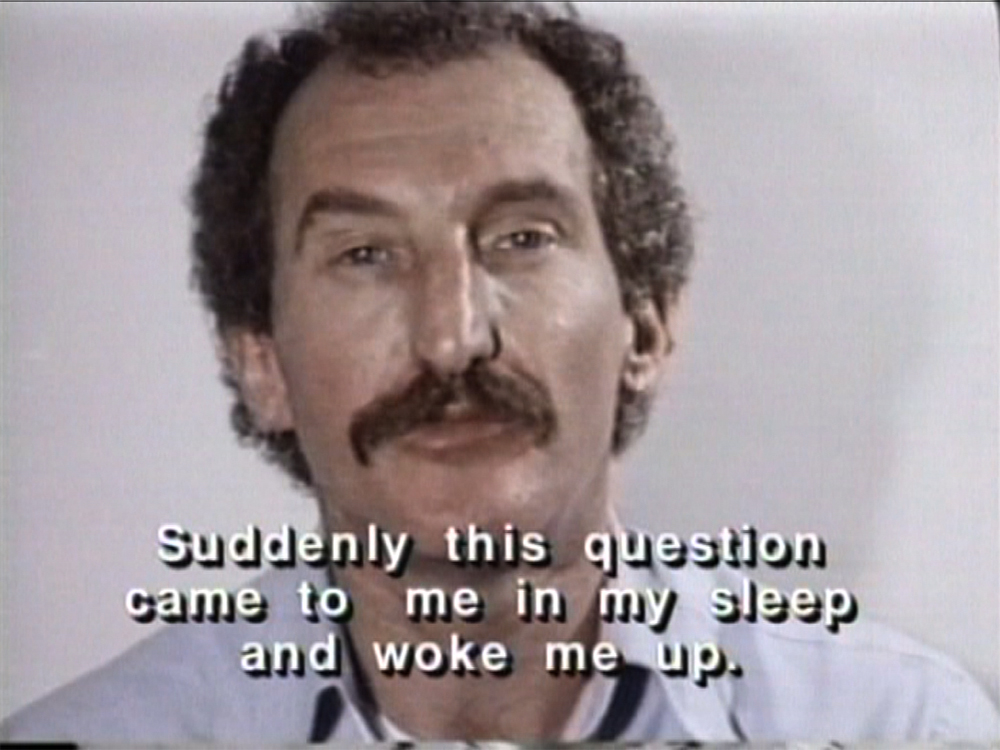
Insonia, 1989
video
8′ 26″
A man wakes in the middle of the night and cannot fall back to sleep. This video explores the persistent thoughts which plague him as he lies awake.
Read More
Read Less
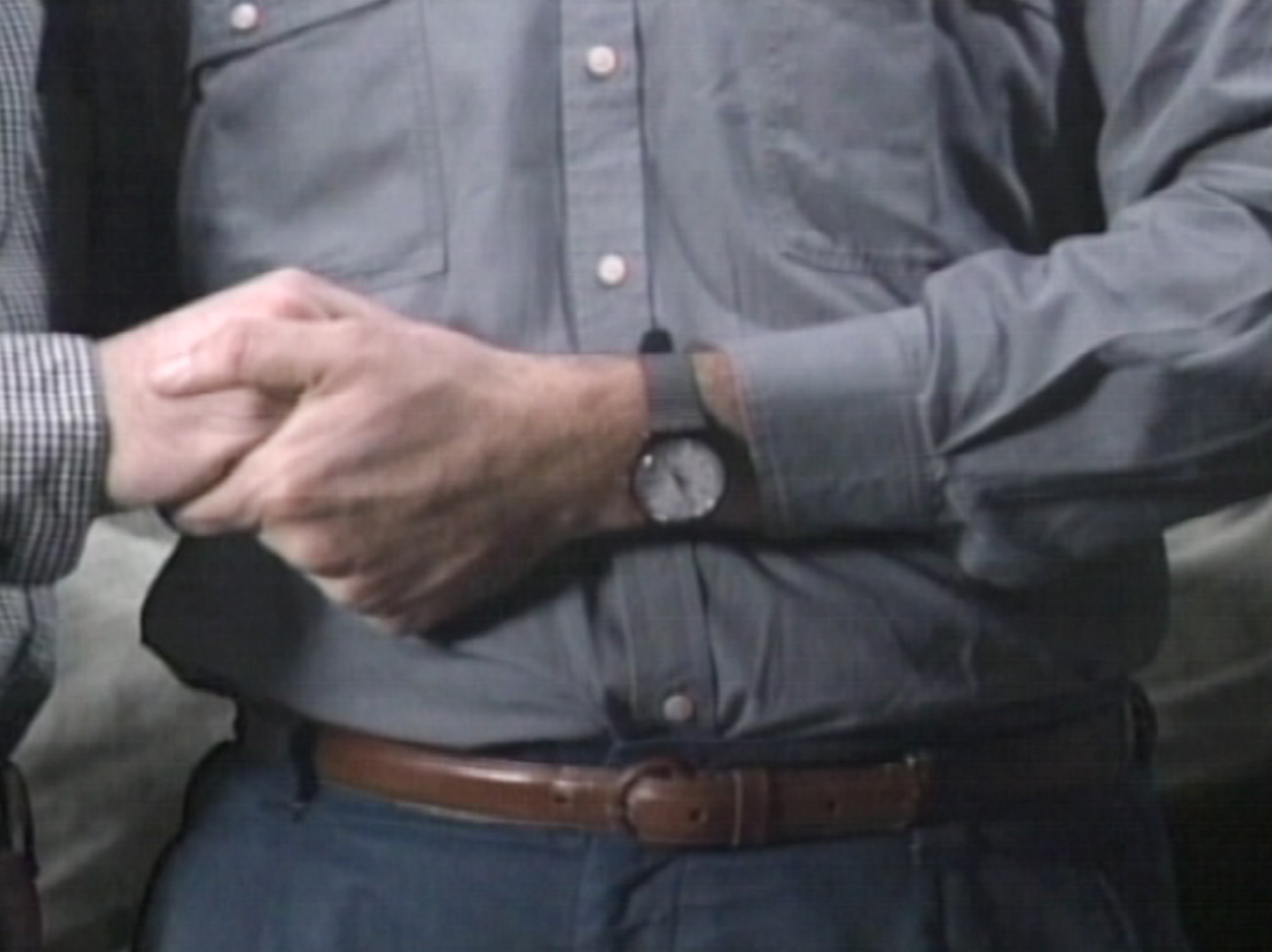
Prelúdio de uma morte anunciada, 1991
video
5′
Rafael França finished this video a few days before he died in Chicago (1991). In it, the artist and his then partner, Geraldo Rivello, are shown caressing each other. Concomitantly, countless men’s names that were engraved on his affectionate memory, many of whom AIDS’ victims, go about floating on the screen.
ABOUT THE ARTIST
Rafael França (1957-1991) was the forerunner in Brazil of experiments combining art and technology during the second half of the 20th century. A restless artist, he made innovative use of media such as photocopying as early as the 1970s. In the 1980s, after doing installation, performance and urban intervention work in the group 3Nós3, he turned to innovative video art performances. His output subverted usual fictional forms, portraying himself and friends as challenging characters, manipulating elements such as the synchronism of speech, and altering the notions of time and space. Prematurely deceased in 1991, França addressed and complexified questions such as sexuality and the body, in artworks that were also characterized by intensive research into narrative possibilities.

